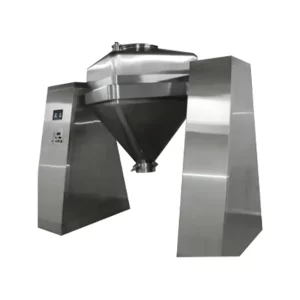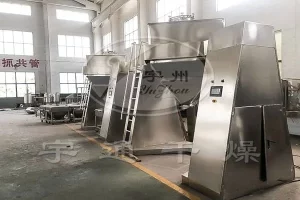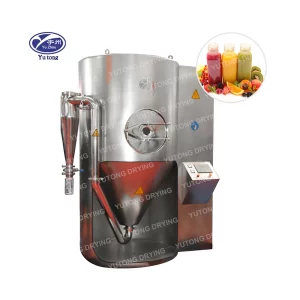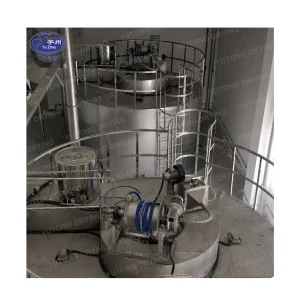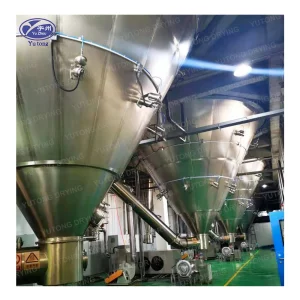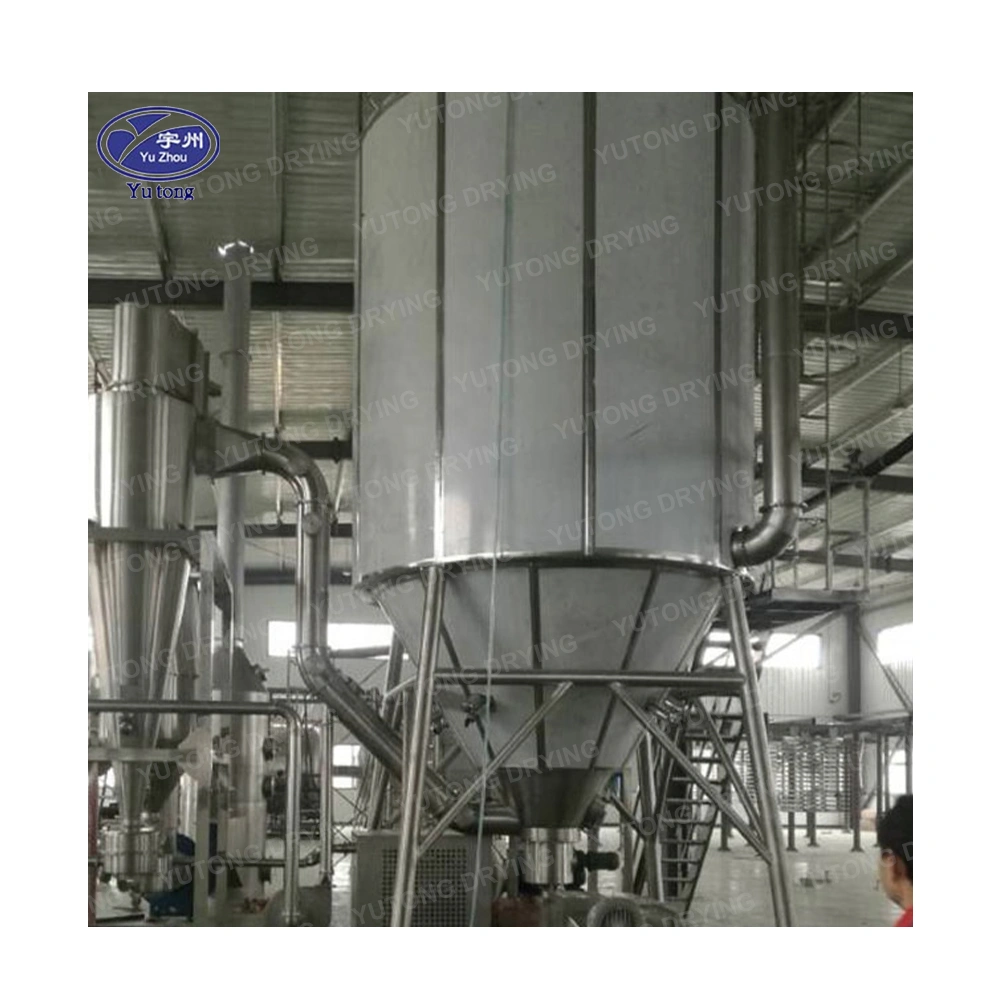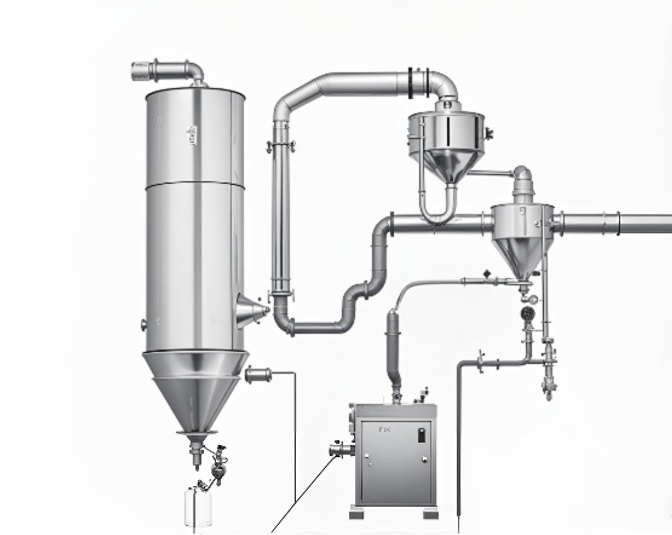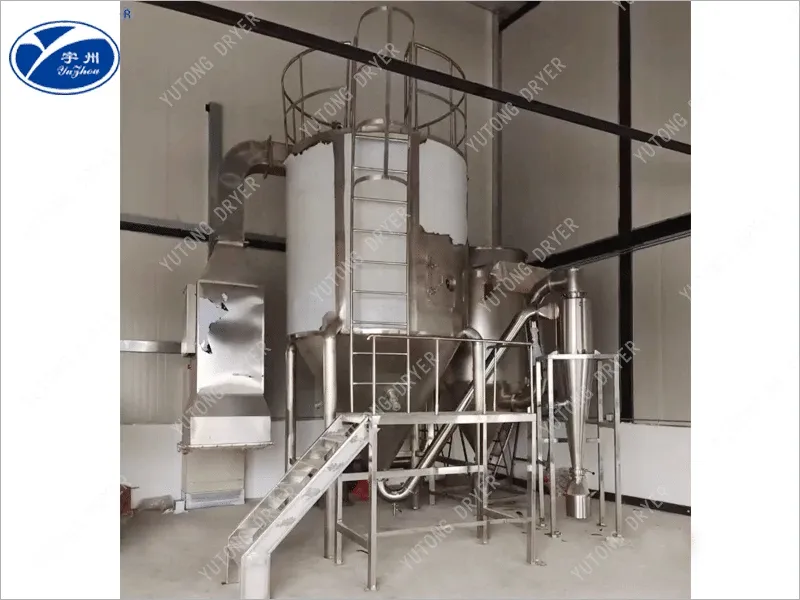Vacuum drying is a specialized drying process that offers several unique advantages and finds widespread application in various industries. This method involves subjecting a material to a reduced pressure environment to accelerate the removal of moisture and achieve a dry state.
Basics of Vacuum Drying
The principle behind vacuum drying is based on the fact that reducing the pressure lowers the boiling point of water and other volatile substances. In a vacuum dryer, the material to be dried is placed in a sealed chamber, and a vacuum pump is used to create a low-pressure environment. As the pressure decreases, the boiling point of the moisture in the material is lowered, allowing it to evaporate more easily at lower temperatures.
One of the key components of a vacuum drying system is the vacuum pump. There are different types of vacuum pumps available, such as rotary vane pumps, oil-sealed pumps, and dry pumps. The choice of pump depends on factors such as the required vacuum level, the volume of the drying chamber, and the nature of the material being dried.
The drying chamber itself is typically made of materials that can withstand the vacuum environment and are compatible with the material being dried. Stainless steel is a common choice due to its durability and resistance to corrosion. The chamber may be equipped with heating elements to provide additional energy for the drying process.
During vacuum drying, heat is usually applied to the material to enhance the evaporation of moisture. This can be done through various means, such as conduction heating using heated plates or radiation heating using infrared lamps. The temperature and duration of heating are carefully controlled to ensure optimal drying without damaging the material.
Applications of Vacuum Drying
1. Pharmaceuticals
In the pharmaceutical industry, vacuum drying is widely used for drying sensitive materials such as active pharmaceutical ingredients (APIs), vaccines, and biological products. The low-temperature drying process helps to preserve the activity and stability of these materials. Vacuum drying is also used to remove residual solvents from drug formulations, ensuring product safety and compliance with regulatory standards.
2. Food Industry
The food industry employs vacuum drying to preserve the quality and nutritional value of perishable foods. Fruits, vegetables, and herbs can be vacuum-dried to extend their shelf life and make them available for consumption throughout the year. Vacuum-dried foods also have a lighter weight and smaller volume, making them easier to store and transport. Additionally, vacuum drying is used to produce instant foods such as coffee, tea, and soups by quickly removing moisture and creating a powdered product that can be easily reconstituted.
3. Electronics Industry
In the electronics industry, vacuum drying is essential for removing moisture from sensitive components such as printed circuit boards (PCBs) and semiconductor devices. Moisture can cause corrosion and electrical failures, so it is crucial to ensure that these components are completely dry before use. Vacuum drying provides a reliable and efficient method for achieving the required low moisture levels.
4. Chemical Industry
The chemical industry uses vacuum drying for drying specialty chemicals, pigments, and catalysts. The precise control over the drying process offered by vacuum drying is essential for producing high-quality chemicals with specific properties. Vacuum drying can also be used to remove residual solvents from chemical formulations, ensuring product purity and safety.
5. Materials Science
In materials science, vacuum drying is used to prepare materials for further processing or analysis. For example, vacuum drying is used to dry powders, nanoparticles, and thin films. The low-temperature drying process helps to prevent damage to these delicate materials and ensures that they retain their desired properties. Additionally, vacuum drying can be used to remove moisture from materials before they are used in composite materials or other applications where moisture can affect the performance of the final product.
Advantages of Vacuum Drying
1. Preservation of Product Quality
Since vacuum drying occurs at lower temperatures compared to conventional drying methods, there is less risk of heat damage to heat-sensitive materials. This helps to preserve the quality, flavor, color, and nutritional value of food products, as well as the activity and stability of pharmaceuticals and biological products.
2. Enhanced Drying Efficiency
The reduced pressure environment in vacuum drying accelerates the removal of moisture, resulting in shorter drying times and increased productivity. Additionally, the lower pressure helps to remove moisture more thoroughly, leading to a lower final moisture content in the dried product.
3. Improved Process Control
Vacuum drying allows for more precise control over the drying conditions, such as temperature, pressure, and drying time. This enables operators to optimize the drying process for specific materials and achieve consistent results.
4. Reduced Energy Consumption
As vacuum drying occurs at lower temperatures, less energy is required to heat the material. Additionally, the reduced pressure environment can help to reduce the amount of energy needed to remove moisture, resulting in lower energy consumption compared to traditional drying methods.
5. Ability to Handle Difficult Materials
Vacuum drying is particularly useful for drying materials that are difficult to dry using conventional methods, such as materials with high moisture content, viscous or sticky substances, and materials that are prone to oxidation or degradation. The reduced pressure environment helps to prevent oxidation and degradation and facilitates the removal of moisture from these challenging materials.
In conclusion, vacuum drying is a valuable drying process with a wide range of applications in various industries. Its ability to preserve product quality, enhance drying efficiency, improve process control, reduce energy consumption, and handle difficult materials makes it an essential tool for many manufacturing processes. As technology continues to advance, vacuum drying is likely to become even more efficient and versatile, further expanding its applications in different sectors.
Advantages of Using a Vacuum Dryer
In today’s fast-paced industrial landscape, efficient and effective drying methods are essential. Among various drying techniques, vacuum drying stands out for its unique advantages. Whether you’re involved in pharmaceuticals, food processing, or chemical manufacturing, understanding the benefits of using a vacuum dryer can significantly impact your operations.
This article delves into the multifaceted advantages of vacuum drying systems and how they can be leveraged across different industries.
Understanding Vacuum Drying
Vacuum drying involves removing moisture from a product by lowering the pressure in the drying chamber. This reduction in pressure allows water to evaporate at lower temperatures compared to atmospheric pressure. This process is particularly beneficial for heat-sensitive materials that might degrade at higher temperatures.
The Vacuum Drying Process
The vacuum drying process typically involves placing the material in a vacuum dryer, where the air pressure is significantly reduced. This condition causes the liquid within the material to evaporate at lower temperatures. The evaporation process is often enhanced by using a vacuum spray drying process, pulsating vacuum dryer, or even a freeze dryer vacuum pump, depending on the specific requirements of the material being dried.
Types of Vacuum Dryers
There are several types of vacuum dryers, each catering to specific drying needs. These include:
- Vacuum Tray Dryers: Suitable for small batches and laboratory use.
- Vacuum Shelf Dryers: Ideal for drying sensitive materials.
- Vacuum Spray Dryers: Used for creating fine powders.
- Pulsating Vacuum Dryers: Efficient for drying materials that require agitation.
Key Advantages of Vacuum Drying
Gentle Drying for Heat-Sensitive Products
One of the primary benefits of vacuum dryers is their ability to dry products at lower temperatures. This is crucial for heat-sensitive materials, such as certain pharmaceuticals or food products, which can degrade or lose potency when exposed to high heat. By using a vacuum drying method, you can preserve the integrity and quality of these products.
Faster Drying Times
Vacuum drying accelerates the drying process by reducing the boiling point of liquids. This means that moisture is removed more quickly compared to conventional drying methods. For industries looking to enhance productivity, this can translate into significant time savings and increased throughput.
Energy Efficiency
Vacuum dryers are typically more energy-efficient than traditional drying systems. Because the boiling point of water is lowered, less energy is required to achieve the necessary temperature for drying. This can lead to reduced energy costs, making vacuum drying a cost-effective solution for many businesses.
Enhanced Product Quality
Using vacuum drying systems often results in a superior final product. The controlled environment minimizes the risk of oxidation and contamination, ensuring that the product retains its original properties. This is especially important in the food and pharmaceutical industries, where product quality and safety are paramount.
Versatility Across Industries
Vacuum drying is not limited to a specific industry. Its versatility makes it suitable for a wide range of applications, from drying delicate botanicals in the herbal supplement industry to removing solvents in chemical processing. This adaptability makes vacuum dryers a valuable investment for diverse sectors.
Applications of Vacuum Drying
Pharmaceuticals
In pharmaceutical manufacturing, the stability and efficacy of drugs are critical. Vacuum drying helps in drying active pharmaceutical ingredients (APIs) without compromising their integrity. This method ensures that the final product is both safe and effective for consumer use.
Food Processing
Vacuum drying is widely used in the food industry to preserve the nutritional value and flavor of food products. Whether it’s freeze-drying fruits or drying herbs, the vacuum drying method ensures that the end product is of high quality and has a longer shelf life.
Chemical Manufacturing
In the chemical industry, vacuum dryers are used to remove solvents from chemical compounds safely. This process not only enhances the purity of the product but also ensures compliance with environmental and safety regulations.
Important Considerations When Using Vacuum Dryers
Equipment Maintenance
Regular maintenance of vacuum drying pumps and related equipment is essential to ensure optimal performance. This includes checking for leaks, cleaning filters, and ensuring that all components are functioning correctly.
Cost Considerations
While vacuum dryers offer numerous benefits, they can represent a significant upfront investment. Businesses need to weigh the initial costs against the long-term savings in energy and increased efficiency.
Expertise and Training
Operating vacuum drying systems requires specialized knowledge. Ensuring that staff are properly trained in the use of vacuum dryers is crucial to maximizing their benefits and maintaining safety standards.
Conclusion
Vacuum drying stands out as an efficient and effective method for removing moisture from various products. Its ability to dry at lower temperatures, coupled with faster drying times and energy efficiency, makes it an attractive option across numerous industries.
By understanding the advantages and applications of vacuum dryers, businesses can make informed decisions that enhance their operations, reduce costs, and improve product quality. As technology continues to advance, the role of vacuum drying in industrial processes is likely to grow, offering even more opportunities for innovation and efficiency.

